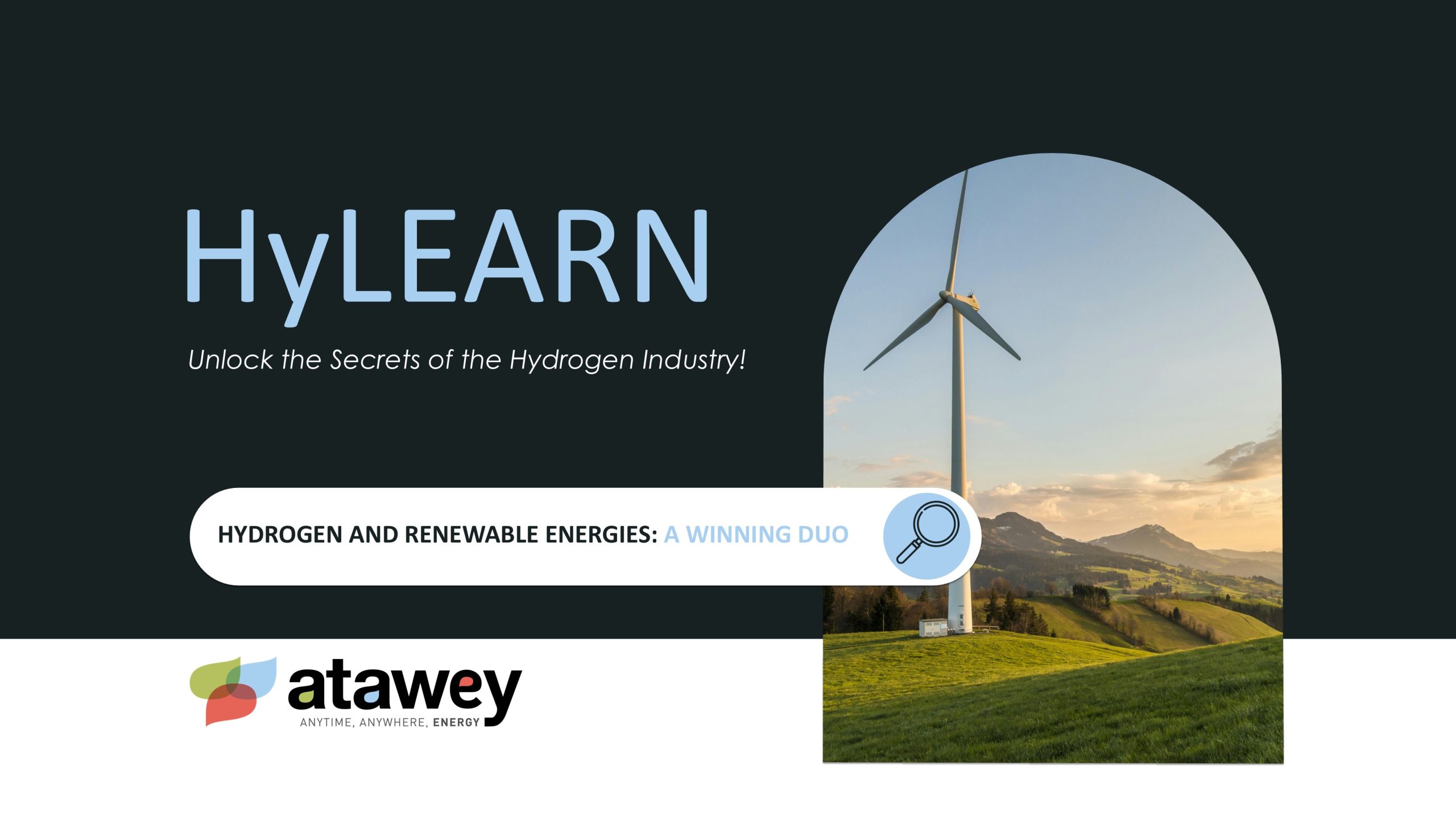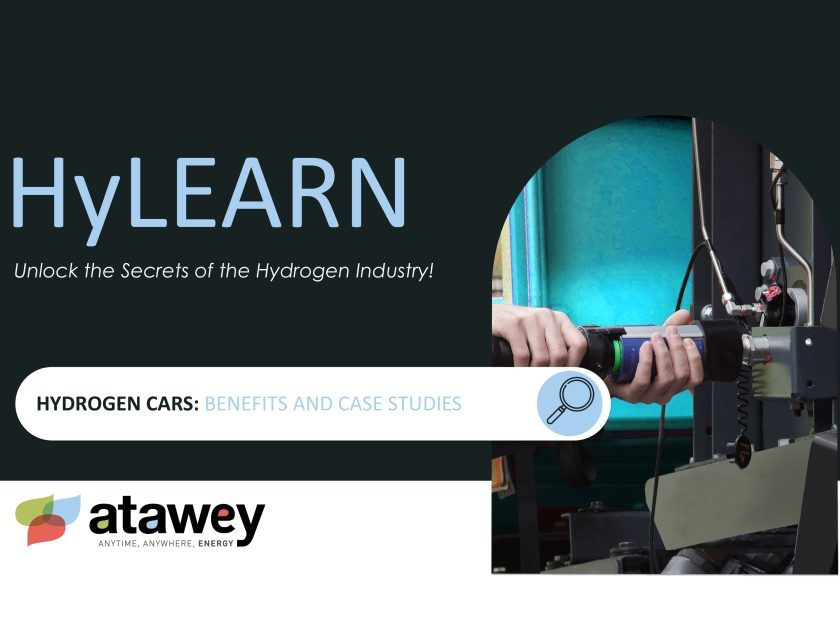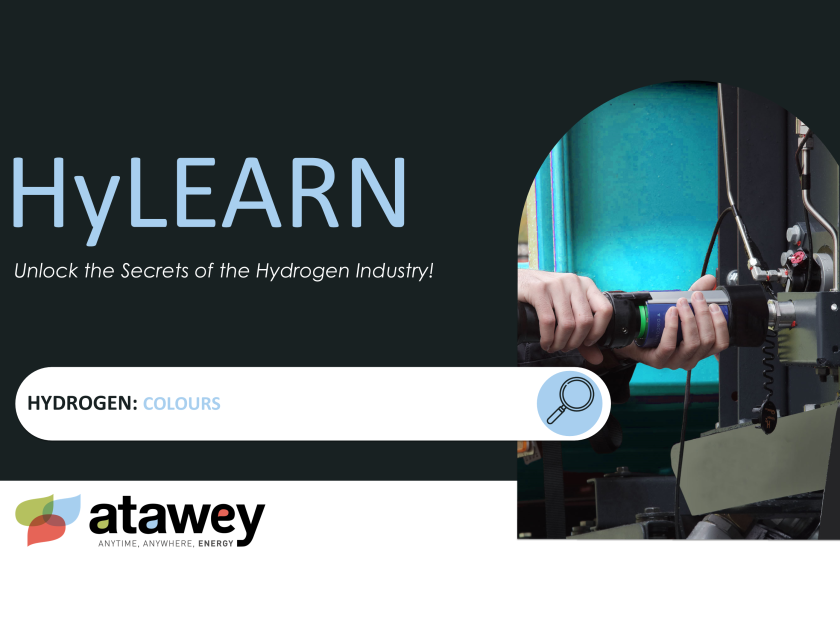
Why Renewable Energy Is Essential to the Development of Hydrogen
The synergy between hydrogen and renewable energy is paving the way for a sustainable future—cutting emissions and boosting energy efficiency.
Hydrogen is rapidly emerging as a cornerstone of the global energy transition. As an energy carrier and storage medium, it holds the potential to decarbonize a wide range of sectors, from industry to mobility.
However, hydrogen’s environmental footprint is closely tied to how it’s produced. Today, the majority of hydrogen used worldwide is grey hydrogen—produced from natural gas through processes that emit significant amounts of CO₂. Green hydrogen, by contrast, offers a cleaner, more sustainable alternative, as it is produced using renewable energy sources.
How Is Renewable Hydrogen Produced?
A range of technologies—at varying stages of maturity—can now generate green hydrogen from diverse and local renewable resources. These methods support energy sovereignty and reduce reliance on fossil fuels.
Water Electrolysis: The Most Advanced Method
One of the most promising pathways for green hydrogen production is water electrolysis. This process uses an electric current to split water molecules (H₂O) into hydrogen (H₂) and oxygen (O₂). When powered by renewable electricity (from wind, solar, or hydro), the process produces hydrogen with zero CO₂ emissions, earning it the label of “renewable hydrogen.”
Moreover, this form of hydrogen qualifies as an RFNBO (Renewable Fuel of Non-Biological Origin)—a designation that recognizes its renewable, non-biological origin. Under the EU’s “Fit for 55” climate package, specific targets for RFNBOs give green hydrogen produced via electrolysis additional regulatory and financial support.
Currently, water electrolysis holds the greatest industrialization potential for renewable hydrogen production. That said, the technology still faces cost-related challenges. Innovations—such as more affordable catalysts and improved electrolyzer durability—could help drive down production costs.
Additionally, hydrogen storage solutions could play a key role in mitigating the intermittent nature of renewable energy sources and ensuring stable grid integration.
Hydrogen from Biomass: A Promising Alternative
Another production route involves biomass—renewable organic matter like agricultural waste, forestry residues, or by-products from the wood industry. Two main methods are used:
- Anaerobic digestion + reforming: Organic waste (often from farming or livestock) is broken down by bacteria to create biogas (CH₄ + CO₂), which can then be reformed into hydrogen. However, this biogas is often purified into pure methane (CH₄) and injected directly into existing gas networks.
- Thermochemical processes (pyrolysis or thermolysis): Using high temperatures under controlled oxidation conditions, biomass is converted into a synthetic gas, which is then reformed into hydrogen. These methods can optimize hydrogen production costs and result in near-zero—or even negative—CO₂ emissions when combined with carbon capture systems.
Although these technologies are well-established, they’re currently more focused on producing biofuels—particularly SAF (Sustainable Aviation Fuels)—rather than hydrogen. Additional investment will be needed to scale them for green hydrogen production.
Emerging Technologies: New Frontiers for Hydrogen & Renewables
Several experimental technologies are being explored for future renewable hydrogen production. Photoelectrolysis, for example, directly harnesses solar energy to split water molecules into hydrogen and oxygen using photoelectrochemical cells.
Scientists are also investigating photosynthetic microorganisms, which can produce hydrogen from sunlight and water through natural photosynthesis.
These methods are still at the research stage and will require years of development before large-scale commercial deployment becomes viable.
Ambitious Renewable Hydrogen Projects
Infrastructure dedicated to renewable hydrogen is expanding rapidly. Across Europe, more than 900 green hydrogen projects are expected by 2030—most of them centered around electrolyzer technology. Projections indicate that installed green hydrogen production capacity could reach 2.5 million tonnes by 2030—or even 5 million tonnes under a more aggressive market rollout.
Strong EU Support for Green Hydrogen
The successful implementation of renewable hydrogen projects depends on several key factors: regulatory developments, access to financing, and the deployment of production, transportation, and storage infrastructure.
Since 2020, the European Union has allocated €367.5 million to support the sector. Through initiatives like the Innovation Fund and the Clean Hydrogen Partnership, the EU is playing a central role in accelerating hydrogen development. It is investing in integrated projects that promote renewable hydrogen production, storage, and end-use—particularly to decarbonize local economies.
One flagship program is “H2 Valleys”—a network of regional hydrogen ecosystems. For instance, the IMAGHyNE project, coordinated by the Auvergne-Rhône-Alpes region and involving over 40 European partners (including Atawey), spans the entire hydrogen value chain.
In parallel, national strategies are also driving momentum. Germany has dedicated €14.7 billion to green hydrogen, while France supports the sector through funding calls led by ADEME.
These policies take many forms: from innovation grants and project financing to subsidies that lower the cost of hydrogen.
Green Hydrogen in Action: Real-World Projects
Numerous green hydrogen production projects—based on electrolysis or thermochemical methods—are already underway across Europe. Germany and Sweden are leading the charge, followed closely by France and the Netherlands.
Notable examples include:
- Normand’Hy: A project to build a 200 MW electrolyzer powered by renewable electricity.
- Cheylas, Isère: Currently under construction, this electrolyzer will produce 4 tonnes of green hydrogen per day to supply local industry and hydrogen refueling stations in the Auvergne-Rhône-Alpes region (ZEV network).
- Marne (2025): A site using thermolysis to produce green hydrogen from biomass was launched in early 2025.
Integrating Renewable Hydrogen into Energy Infrastructure
Beyond building production units, it’s vital to embed renewable hydrogen into broader energy systems.
Ecosystems: Accelerating Deployment
Hydrogen ecosystems, especially those supported by the “H2 Valleys” program, are set to play a key role in scaling green hydrogen. By linking stakeholders across the value chain and promoting integrated solutions, these ecosystems enable optimized production, storage, and distribution networks.
Independently of this initiative, Atawey, a specialist in hydrogen refueling stations, is directly involved in rolling out the infrastructure that supports renewable hydrogen.
A prime example is the Arv’Hy project, where Atawey is a major stakeholder. This initiative integrates a renewable hydrogen production unit with a hydrogen refueling station powered by 100% green electricity. The result is a fully local, efficient, and purpose-built solution for hydrogen mobility.
Supporting Grid Stability
Finally, green hydrogen can address one of the main challenges of renewable energy: intermittency. Since solar and wind power are weather-dependent, their electricity generation can fluctuate, straining the grid.
Hydrogen provides a powerful storage solution. When there’s a surplus of renewable electricity, it can be used to run an electrolyzer that converts water into green hydrogen. This hydrogen can be stored long-term and later converted back into electricity—via fuel cells or hydrogen turbines—when demand rises.
To manage this dynamic efficiently, Energy Management Systems (EMS) are essential. These intelligent platforms monitor and control energy flows in real time—optimizing production, storage, and consumption to match grid or local infrastructure needs.
In conclusion, the alliance between hydrogen and renewable energy represents a unique and powerful solution for decarbonizing key sectors like industry and transport—while reinforcing Europe’s energy sovereignty. With technological progress and strong EU backing, the hydrogen value chain is gaining momentum, as demonstrated by the many ambitious projects now underway.
Sources: France Hydrogène, Clean Hydrogen Monitor 2024, Clean Hydrogen Production Pathways Report 2024





